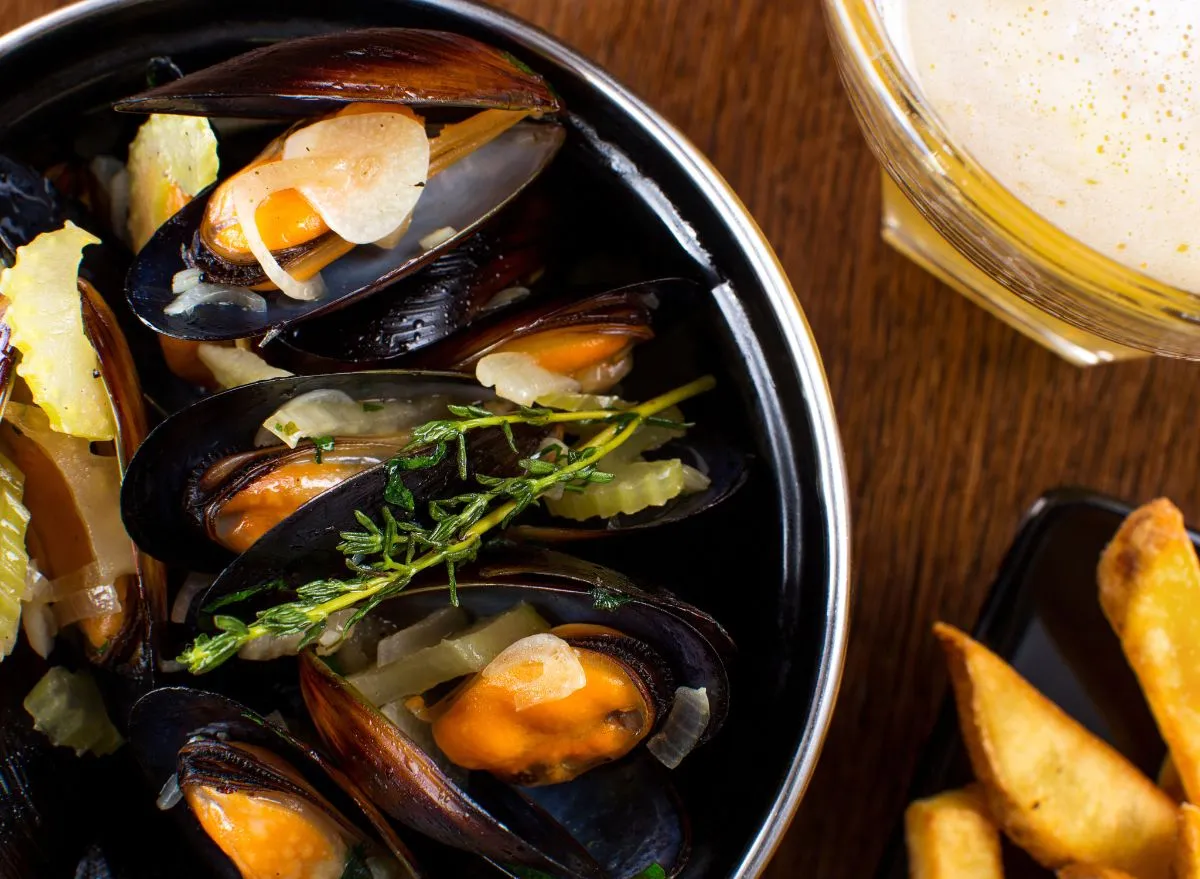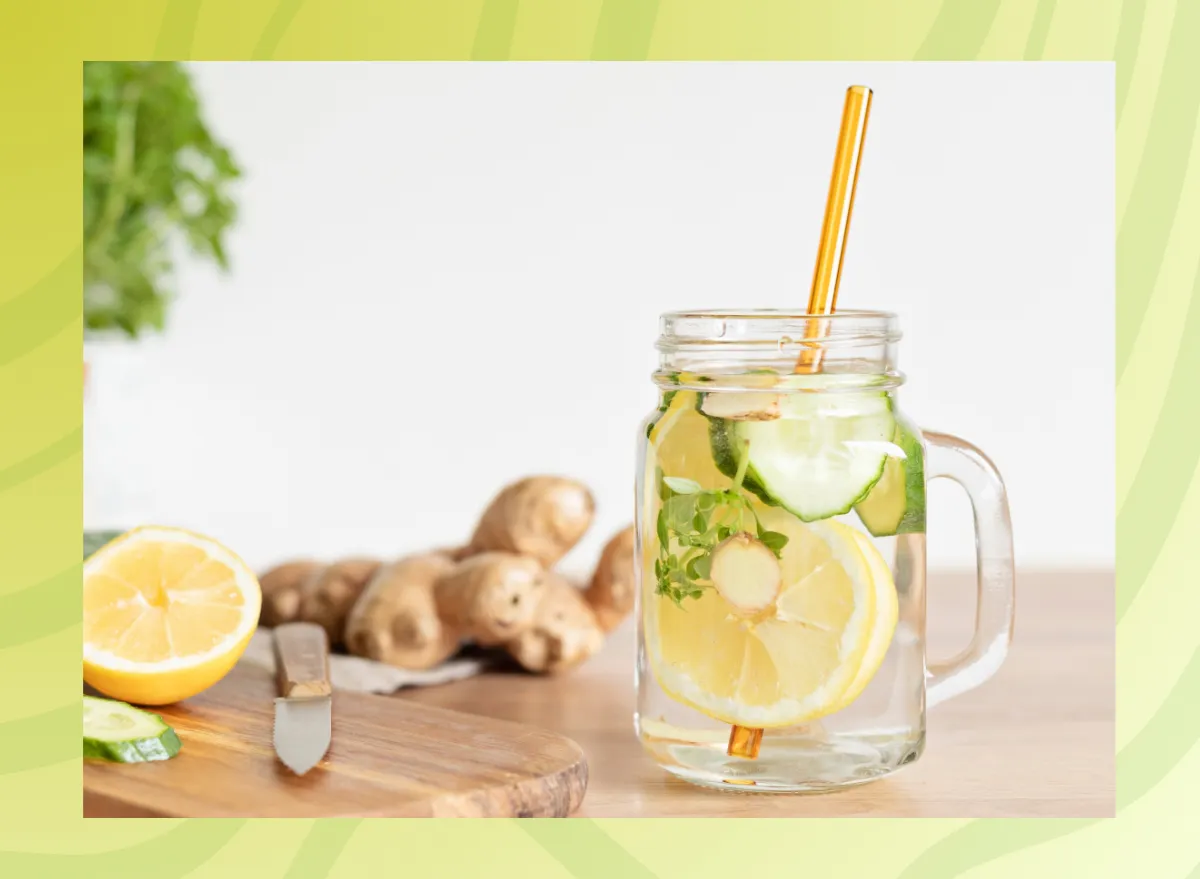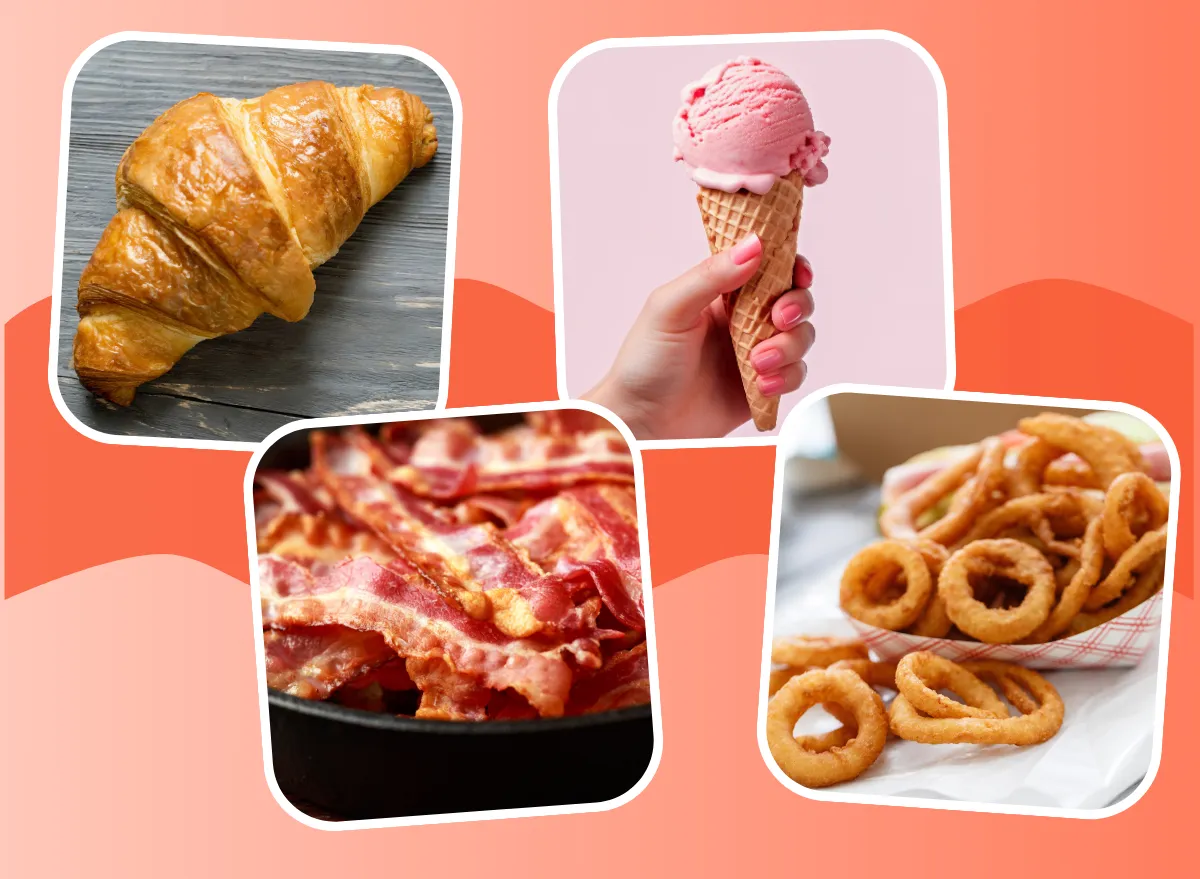
In the world of edible squashes, there are two main groups that we usually hear about: summer squash and winter squash. Yellow squash belongs to the summer group, along with its green cousin, zucchini.
Is yellow squash as nutritious as zucchini? The two are very similar in terms of their nutrition content and health perks.
For example, both are about 95% water, making them low in both calories and carbs, and are decent sources of vitamins A and C, potassium, and fiber.
Whether you prefer to eat yellow squash raw or cooked, it’s great to enjoy in low-carb noodle dishes (aka “zoodles“), stir-fries, pastas and more.
Types
Yellow squash (Cucurbita pepo) is a type of summer squash in the Cucurbita plant family. It has a thin, yellow skin, white flesh and big white seeds.
It looks similar to zucchini, but its skin is lighter, seeds are bigger, and it tends not to grow as large as zucchini can.
What is a yellow squash called? It depends on where you live, since this squash can be one of many species.
There are thought to be at least eight different types of yellow squash that are commonly grown and eaten in places such as the U.S. and Europe. These include the following types:
- Costata romanesco
- Eight-ball zucchini
- Tatuma
- Pattypan
- Cousa
- Zephyr
Additionally, some people refer to delicata squash as yellow squash (because of its yellow or orange and green-striped skin).
Which squash is healthiest?
Summer squash belong to the Cucurbitaceae plant family, which includes vegetables (technically fruits) like cucumber, squashes and pumpkins.
The main difference between summer and winter squashes is that winter squashes are more mature, meaning they have more time to grow before they are harvested, which leads them to be richer in nutrients.
On the other hand, summer squashes are picked earlier when they are less mature. This means they have a higher water content, are lower in calories but generally don’t develop as many nutrients as winter squashes do (such as acorn or butternut squash).
Yellow Squash Nutrition Facts
Yellow squash is low in calories, with just about 20 calories per one-cup serving of raw squash. The skin of summer squashes is where the most antioxidants are found, such as beta-carotene and lutein.
This means that it’s best to eat them with the peel still on, otherwise you’d be throwing away valuable nutrients.
Nutrients found within yellow squash include vitamins C and A, fiber, magnesium, potassium, folate, and B6.
Is yellow squash a carb or vegetable?
It’s a non-starchy vegetable and not a “carb” or starch like some people think of potatoes or winter squash as being. Overall, there are very few carbs in yellow squash, so it’s a good veggie choice for people following a low-carb diet or keto diet.
According to the U.S. Department of Agriculture, below are yellow squash nutrition facts for one medium, raw yellow squash (approximately 200 grams):
- 38 calories
- 8 grams carbohydrates
- 2 grams protein
- 0.5 gram fat
- 2 grams fiber
- 39 milligrams vitamin C (56% DV)
- 444 milligrams potassium (15% DV)
- 38 micrograms folate (14% DV)
- 6.4 micrograms vitamin K (11% DV)
- 0.2 milligram vitamin B6 (10% DV)
- 0.8 milligrams iron (9% DV)
- 16 milligrams vitamin A (8% DV)
- 40 milligrams magnesium (8% DV)
- 64 milligrams phosphorus (7% DV)
- 0.1 milligram riboflavin (7% DV)
Benefits
What is yellow squash good for? Here are some of the benefits associated with yellow squash nutrition:
1. Good for Weight Loss Diets
No matter the exact type of diet you follow, summer squash has the benefit of being low-calorie, low-sugar and a decent source of fiber. Because of its high water content, you can eat a lot of it without consuming many calories, and this helps you to feel full.
Another great thing about yellow squash for dieters is that it can be used as a substitute for things like high-calorie noodles. Many people like to spiralize squash to make “faux pasta,” or it can be added to baked goods to add moisture with less oil.
2. Provides Vitamin C and Other Antioxidants
Yellow squash, especially the colored peel, contains antioxidants including phenolic compounds and carotenoids, such as those called beta-carotene, lutein, zeaxanthin and dehydroascorbic acid. These are the same protective compounds that give carrots their deep orange color
READ RELATED: Reddit: Maguad Siblings Dead Body Actual Photos & Video
They’ve been shown to exhibit anti-proliferative and pro-apoptotic activities, meaning they potentially fight cancer and other chronic diseases.
Beta-carotene is converted into vitamin A in the body and supports functions like immune health, vision and eye health, skin renewal, and arterial health. Lutein along with zeaxanthin are especially valuable when it comes to defending the eyes from vision loss and age-related diseases, thus offering protection against macular degeneration, cataracts and glaucoma.
Vitamin C is also found within this squash, with more than 50% of your daily needs provided by one medium yellow squash. Vitamin C acts like an antioxidant and helps defend against oxidative stress and free radial damage.
Consuming plenty of vitamin C is linked to:
- stronger immune function
- protection against cognitive decline
- healthier respiratory health due to protection of mucous membranes
- improved joint, hair and skin health due to vitamin C’s role in the body creating collagen
3. Good Source of Nutrients, Including Potassium and Folate
Potassium is a mineral that can help lower blood pressure because it counteracts the effects of a high-sodium diet. Increasing your potassium intake can slash your risk for developing issues such as heart disease or suffering a stroke.
Folate is a nutrient is tied to red blood cell production, cell growth and tissue development. It also helps the body synthesize new DNA and supports development in infancy.
How to Cook (Plus Recipes)
Buying and Preparing It:
Yellow squash should be easy to find at grocery stores and farmers markets, especially during the summer and early when it’s in season (although it can be usually found year-round in the U.S). If you can find yellow squash blossoms, these are also edible raw or cooked and make a great veggie for stuffing or battering and baking/frying.
When shopping for squash, look for those that have a bright yellow and smooth skin, without bruises or nicks. A fresh squash should feel mostly firm without soft, wet or wrinkled spots.
To keep it fresh, either leave it at room temperature for a few days or store in in a loose plastic bag in your refrigerator.
Since squash is high in water and absorbs a high percentage of the compounds from the soil it grows in, purchasing organic summer squash is the best way to obtain plenty of nutrients and avoid contaminants.
Before eating squash, wash it well, and pat it dry.
Do you peel yellow squash? As mentioned above, it’s recommended that you avoid peeling squash before eating it if you want to reap the most health benefits. However, if you are going to peel it, use a hand-held peeler to gently remove the skin.
Cooking It:
As the Martha Stewart website puts it, “Whether you want to grill, sauté, fry, braise, roast, purée, bake, or pickle it, this vegetable lends itself well to just about every culinary technique.”
Some ideas for cooking yellow squash include:
- Grilling it on the BBQ
- Slicing it thin and eating it raw dipped into hummus or another healthy spread
- Roasting it with some salt and olive oil
- Making low-carb noodles with it or “pizza boats” by melting some cheese on top
- Adding shreds to breads, muffins and other desserts to keep them moist
Is yellow squash more nutritious raw or cooked?
Some phytonutrients found within summer squash become more bioavailable when the veggie is cooked a bit. For example, beta-carotene becomes easier to absorb once it has been heated.
However, the key is to not overcook vegetables since this can destroy some delicate nutrients — plus it can ruin the taste and texture of the veggie.
Steaming is considered a delicate cooking method that can preserve its phytochemicals better than microwaving, roasting or deep frying.
Recipes:
Summer squash has a mild flavor that is complemented well by lots of different flavors and spices. Try pairing it with garlic, olive oil, tomatoes, oregano, parsley, sesame and ginger.
Here are some ideas for using yellow squash in both sweet and savory recipes (you can sub it for zucchini in almost all recipes):
Risks and Side Effects
Is yellow squash always safe to eat? It’s generally well-tolerated by most people and isn’t likely to cause digestive issues or allergic reactions.
It’s even suitable for babies, toddlers and children since it’s soft, non-allergenic and mild-tasting.
Summer squash does contain measurable amounts of oxalates, which are natural substances found in plants and other foods that can cause health problems in people with certain existing conditions. If you have untreated kidney or gallbladder problems, you might want to avoid eating too much squash.
Conclusion
- Yellow squash is a type of summer squash that is low in calories and a good choice for a low-carb or keto diet.
- It has a very low score on the glycemic index and a high water percentage. It also contains some antioxidants like vitamin C and beta-carotene, plus potassium, magnesium, folate and more.
- Benefits of yellow squash nutrition include having anti-inflammatory properties that support heart health, vision, immune function, digestion and cognitive health. It may also help with calorie intake and weight loss.
Source:







